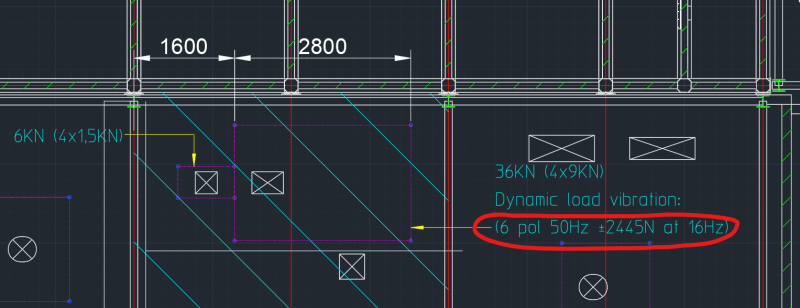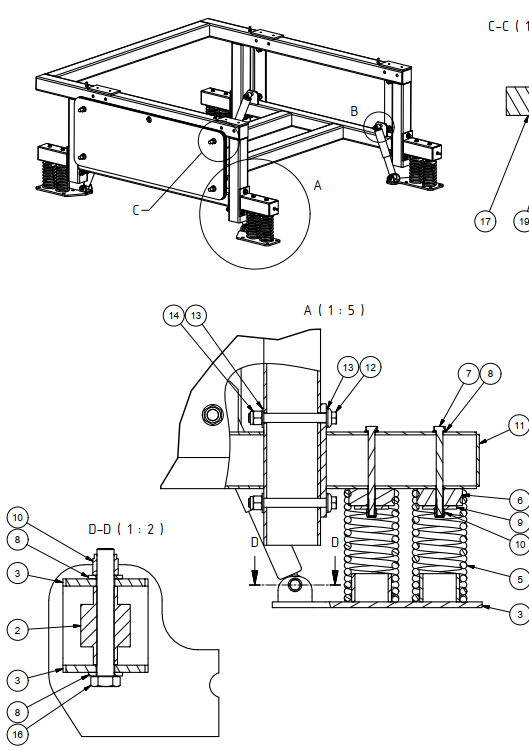human909 said:
I don't doubt it. Mu comment about rules of thumb was mean to be self deprecating regarding my own expertise in that area (aka, none). I presumed you were talking about large pedestrian bridges and I certainly recognise that something more than a rule of thumb is necessary. thumbsup2
I think you probably have more experience regaring the topic for this thread than I have.
But regarding pedestrian bridges, since I mentioned "larger", the largest span I have worked with so far was 120 m, cable stayed bridge. It was a challenge from several perspectives.
human909 said:
Those are the exact thought I had here. I linked this earlier but I presume you may not have seen it. I thought things would need stiffening but the calcs suggested otherwise.
I had missed that link. But I think my thoughts are fairly general regarding what usually happens when you play with mass and stiffness.
But I can also give a simple and slightly fun example of how things can go wrong. I was involved in a project many years ago when somebody had designed a small dance floor. The approach was that if you get a hign enough natural frequency all will be good, "rule of thumb". So the floor was designed as lightweight as possible to maximize the frequenzy. That did not work out, but since the floor was small it was fixable with a reasonable approach.
When i comes to dampers I can say that for a few of the larger pedestrian bridges we have in the design stage sometimes calculated vibrations that were "on the limit". For a dynamic analysis the dynamic load is usually based on persons/area. For a large bridge that can mean a unreasonable number of persons on the bridge. In that case we can prepare the bridge for a TMD damper but we test the real bridge before we install the damper.
What I mean by that is that for dynamics there are a lot of parameters. Some we can control and to a large extent also analyze. Others are more difficult to control. In those cases it can be nice to have a damper as a method the modify the system.
human909 said:
That was an interesting link. Thanks.



![[smile] [smile] [smile]](/data/assets/smilies/smile.gif) .
.![[thumbsup2] [thumbsup2] [thumbsup2]](/data/assets/smilies/thumbsup2.gif)

